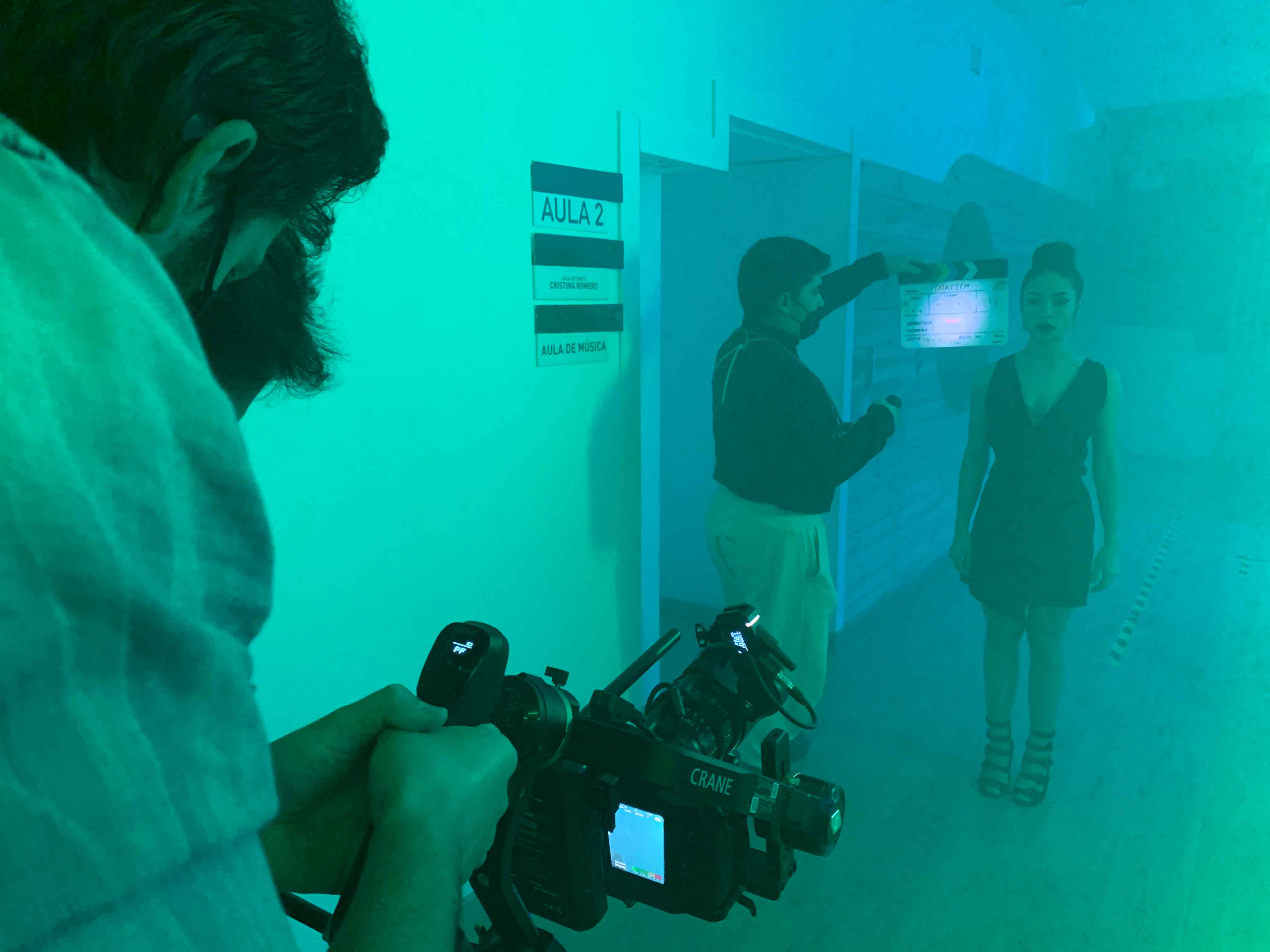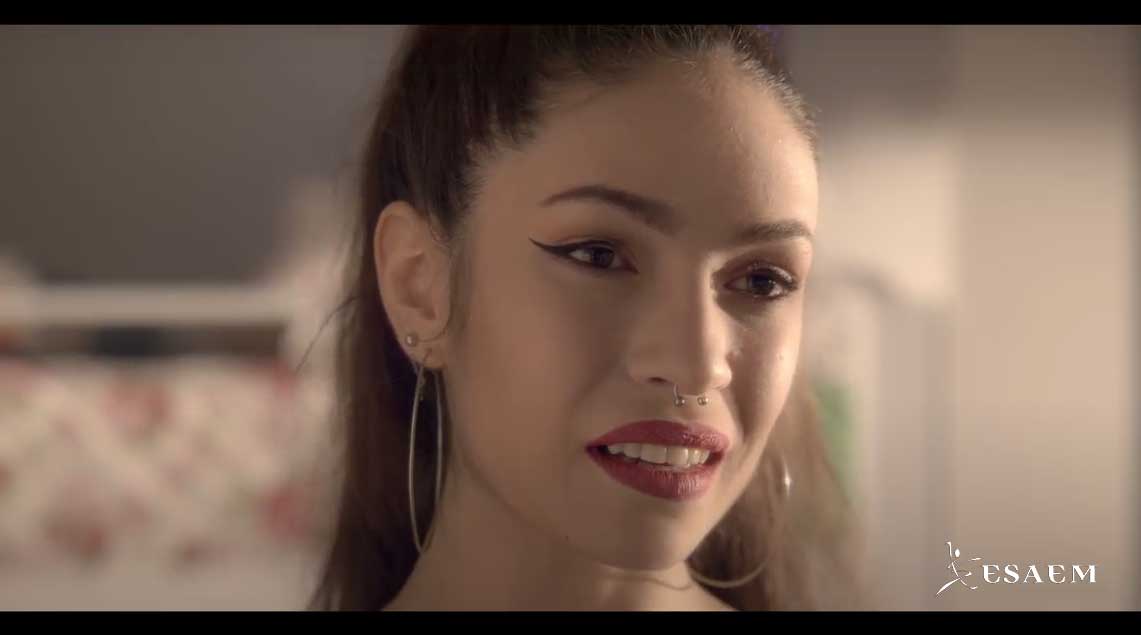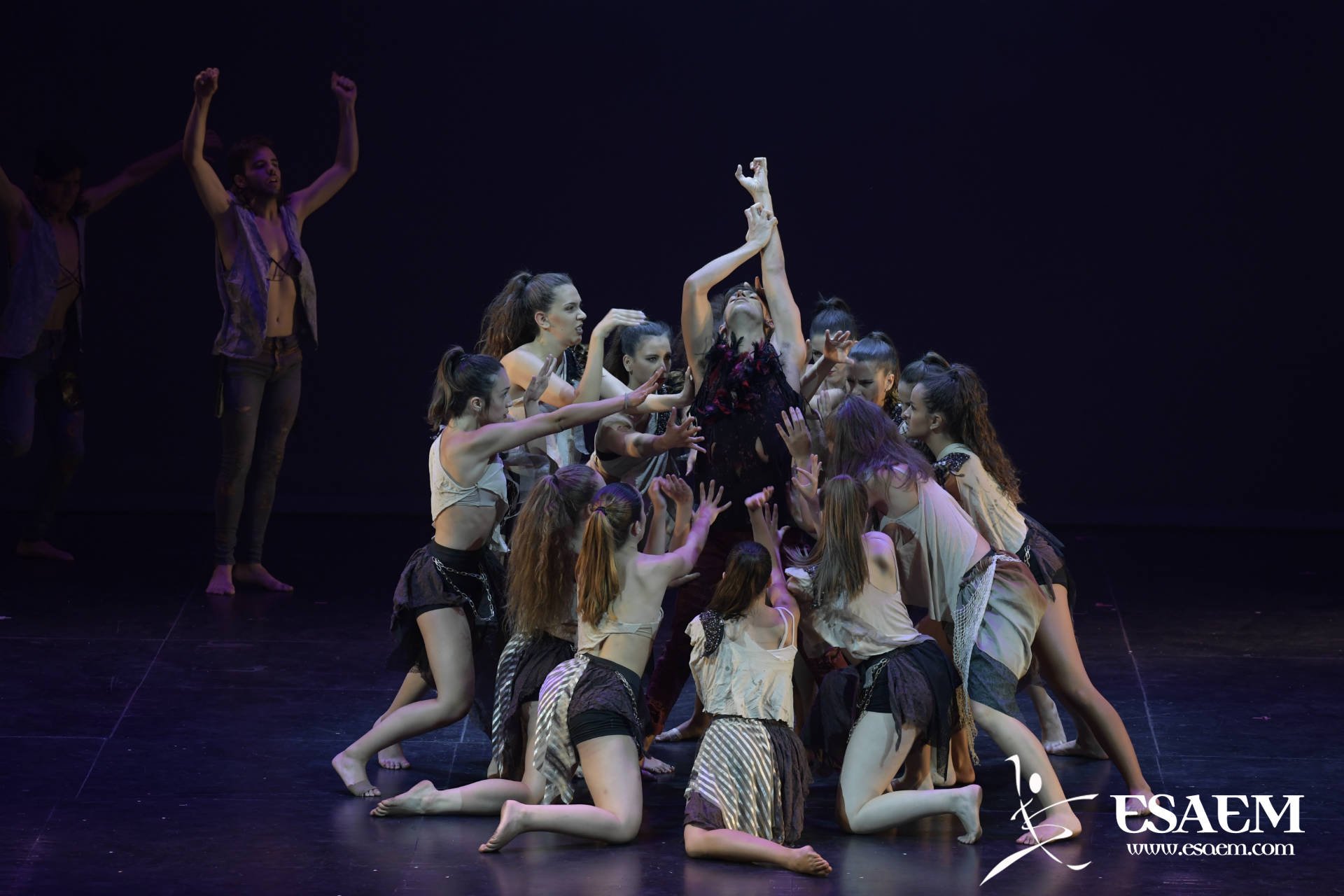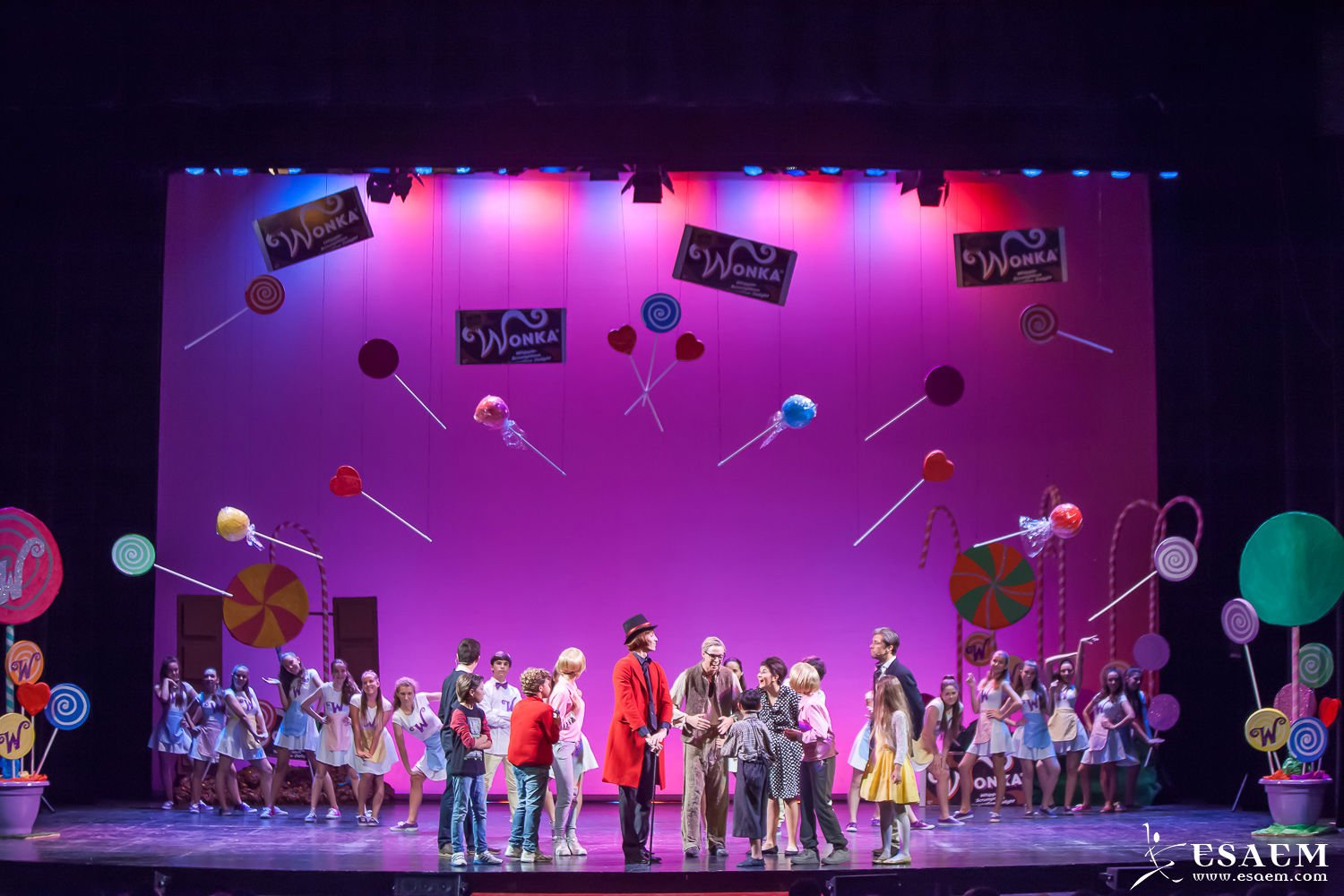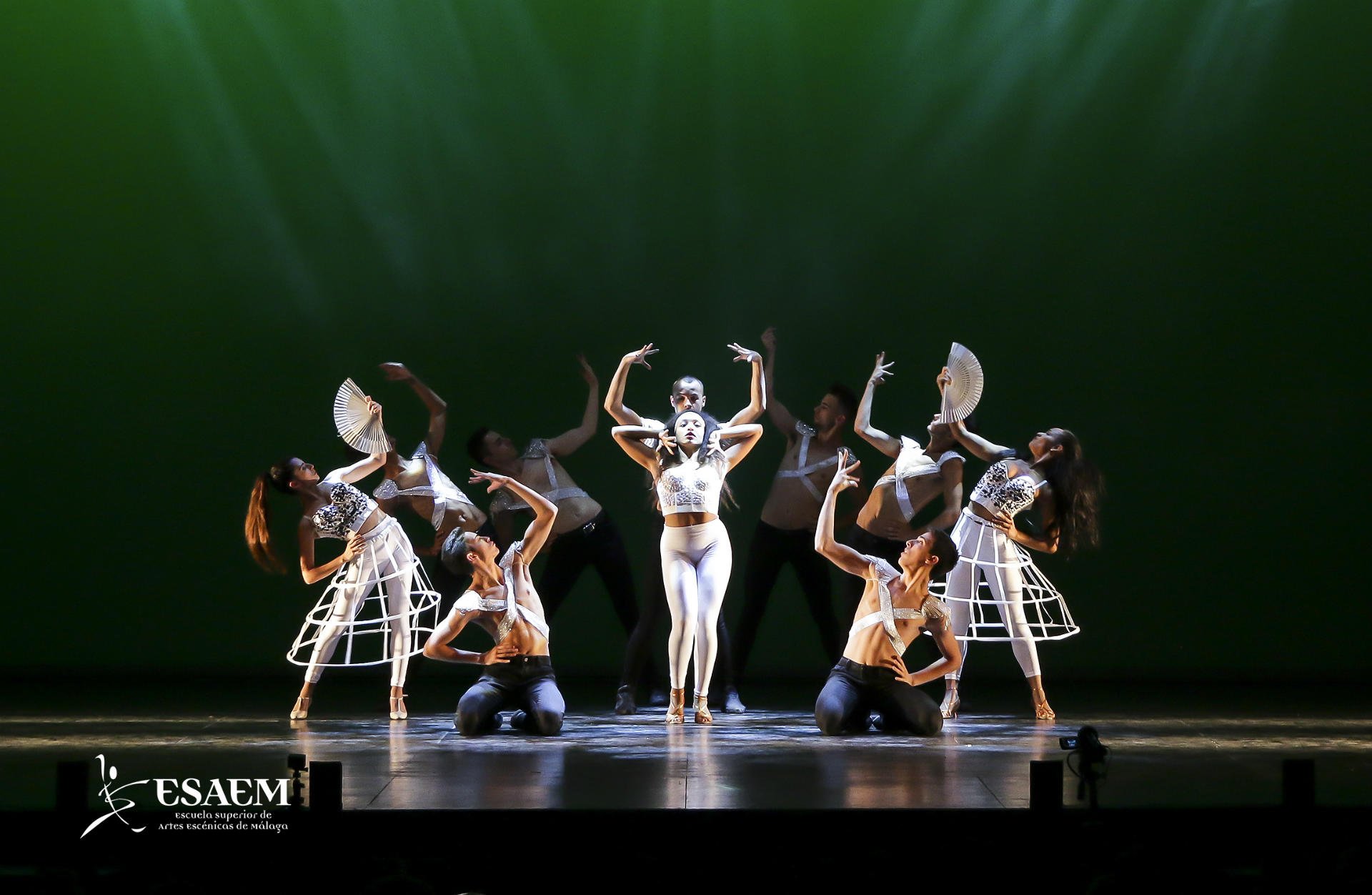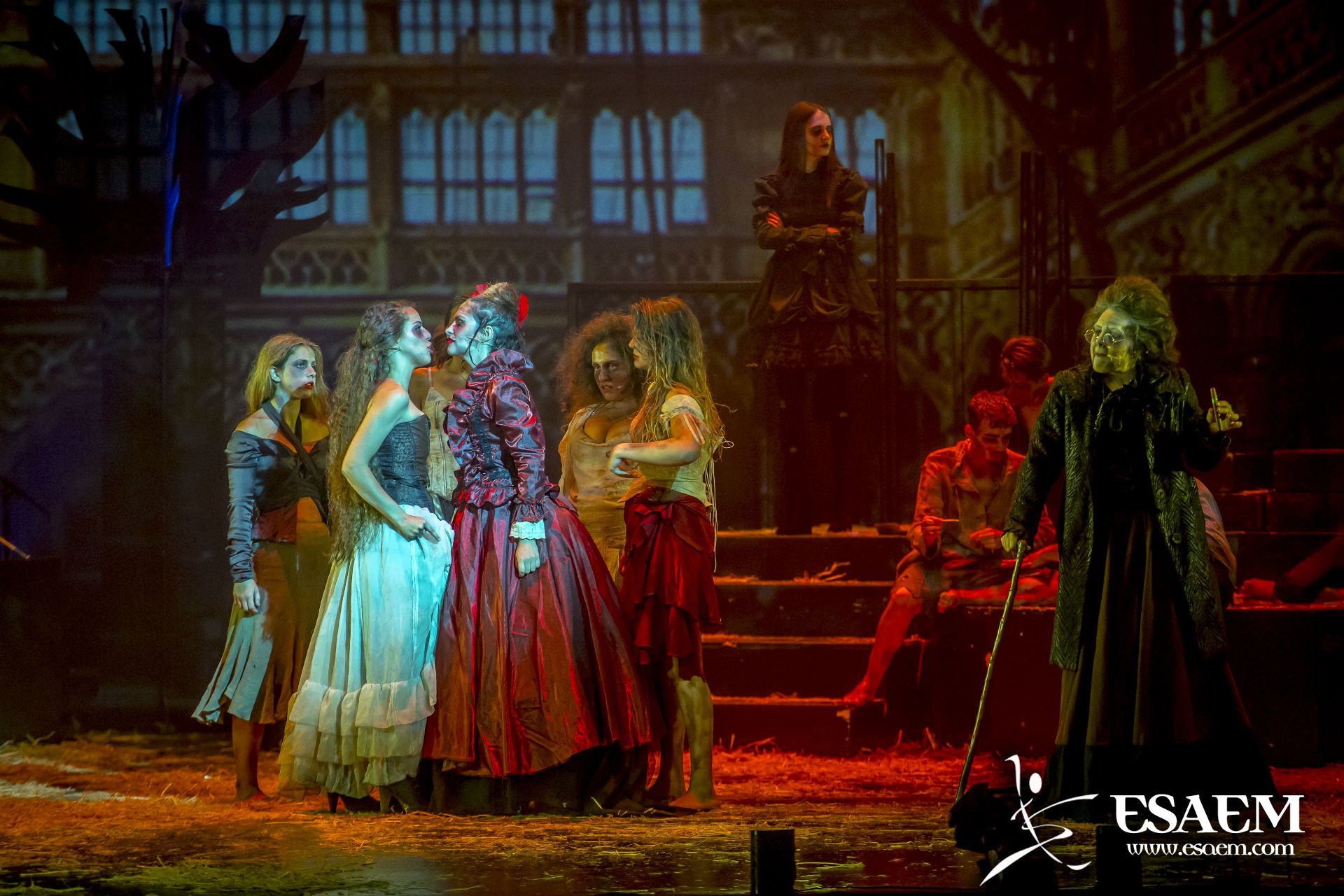Scenography in theatre can be defined as the stage space recreated in accordance with the dramatic reading made by the director of each of the scenes of a theatrical production. The person in charge of carrying it out is the set designer. This professional must be coordinated with the director to ensure that their work is in line with the director’s guidelines.
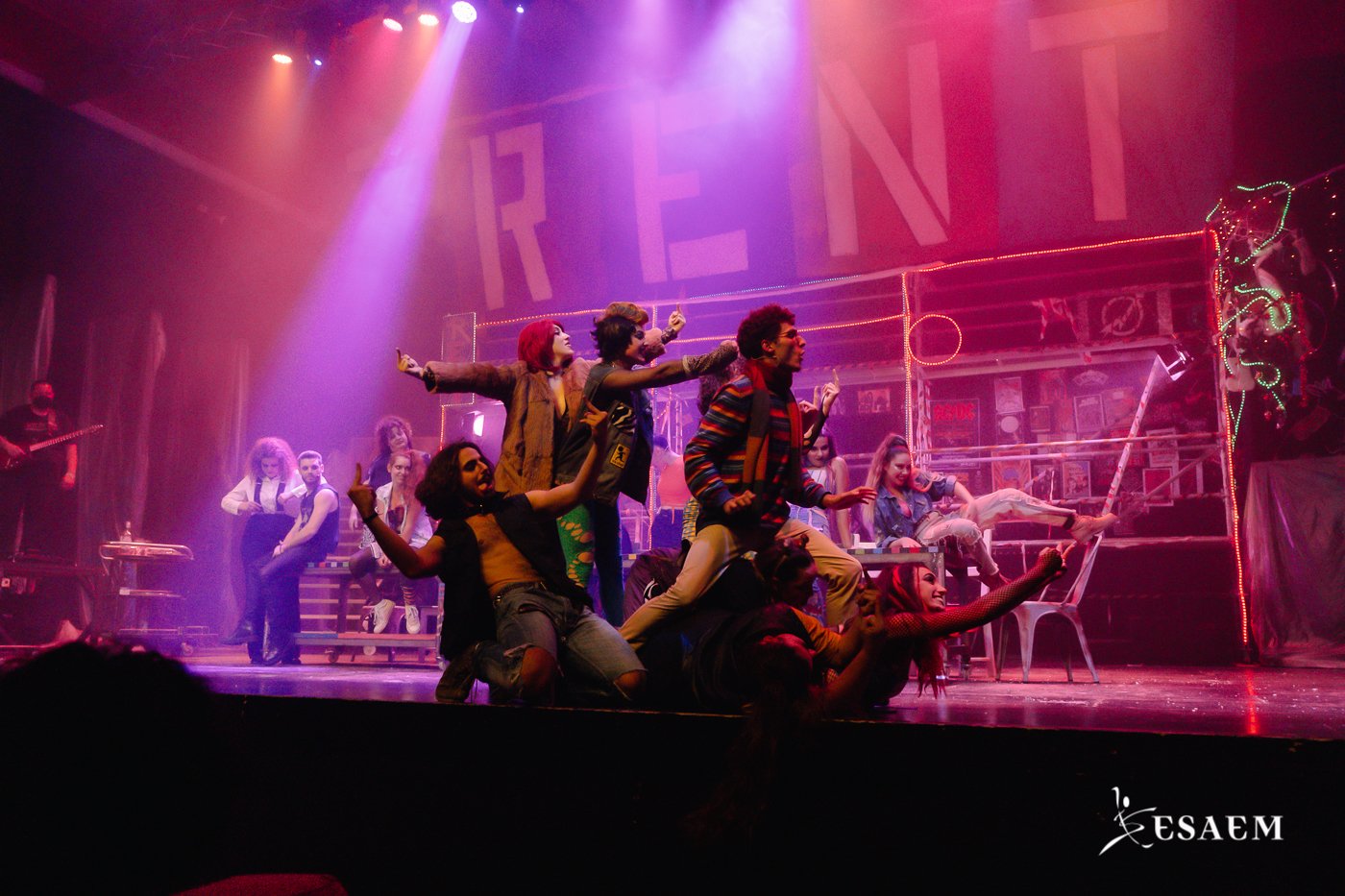
Photography: Students of ESAEM Performing Arts Degree.
What is scenography in theatre?
Scenography is the material result obtained after designing and decorating the stage spaces of a play. Technique, art and the ability to recreate by decorating are implicit in this process, converging in a style that has to represent what the script indicates and in line with the characters.
What are the scenographies that we can find in theatre?
The types of scenography that can be found in theatre are classified according to the way they have to recreate or represent the place where the action of the play takes place. The types of scenography are the following ones.
Realistic. It recreates with authenticity the place where the action takes place.
Abstract. It recreates a non-realistic and non-specific space in which the action of the play takes place.
Intriguing. It focuses interest on a specific object.
Functional. It supplies the scenic needs of actors and actresses when they are performing.
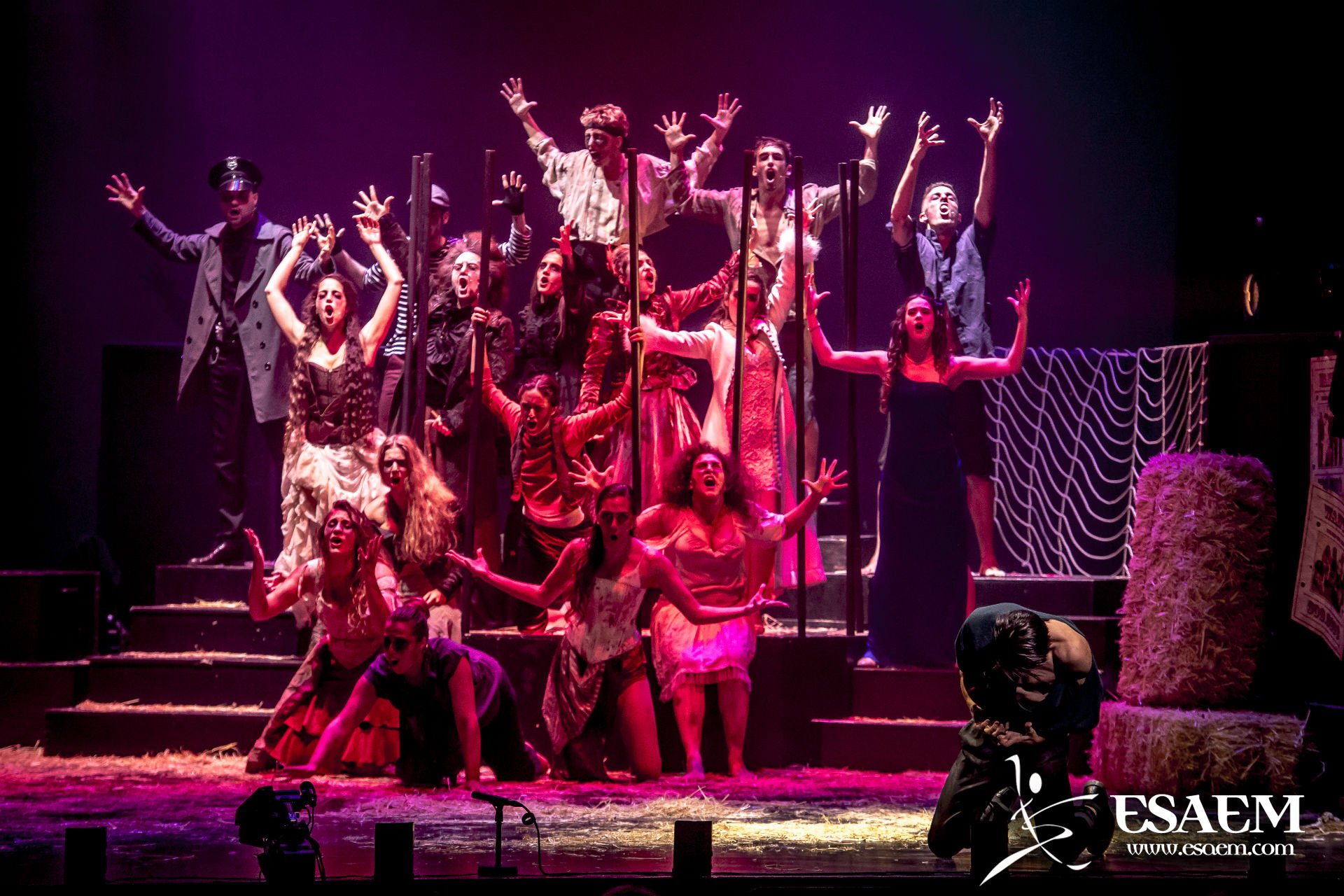
Photography: Students of ESAEM Performing Arts Degree.
Scenography elements in theatre
The elements that make up the scenography of a play are multiple. They help to characterize the characters and are a great support for actors and actresses when interpreting. Thanks to the elements of the scenography, the audience perceives this recreation as something global, immersing itself effortlessly in the story that unfolds in the play. The elements that make up the scenography are the following ones.
- Stage machinery. These are the mechanisms that mainly perform the changes of scenery. They also serve to make or support special effects.
- Sketches. They are made freehand as they are drawings that represent the measurements and space of the stage .
- Model. It is a recreation of the stage in 3 dimensions including the set elements and props.
- Plans. They also help to represent the space of the scene, but in this case in 2 dimensions scale. They include the 2 views, both sides and faces.
- Backstage. Space located at the back of the stage where the actors or actresses who are going to take part in the scene are prepared. It is composed of frames that are placed at the sides of the stage.
- Supports. They support the weight of the scenography. They can be made of wood or iron.
- Other elements. In addition to those indicated, which are the main elements, a scenography includes more. Depending on the staging and the type of scenery required for a play, we will find more or less elements with different functions.
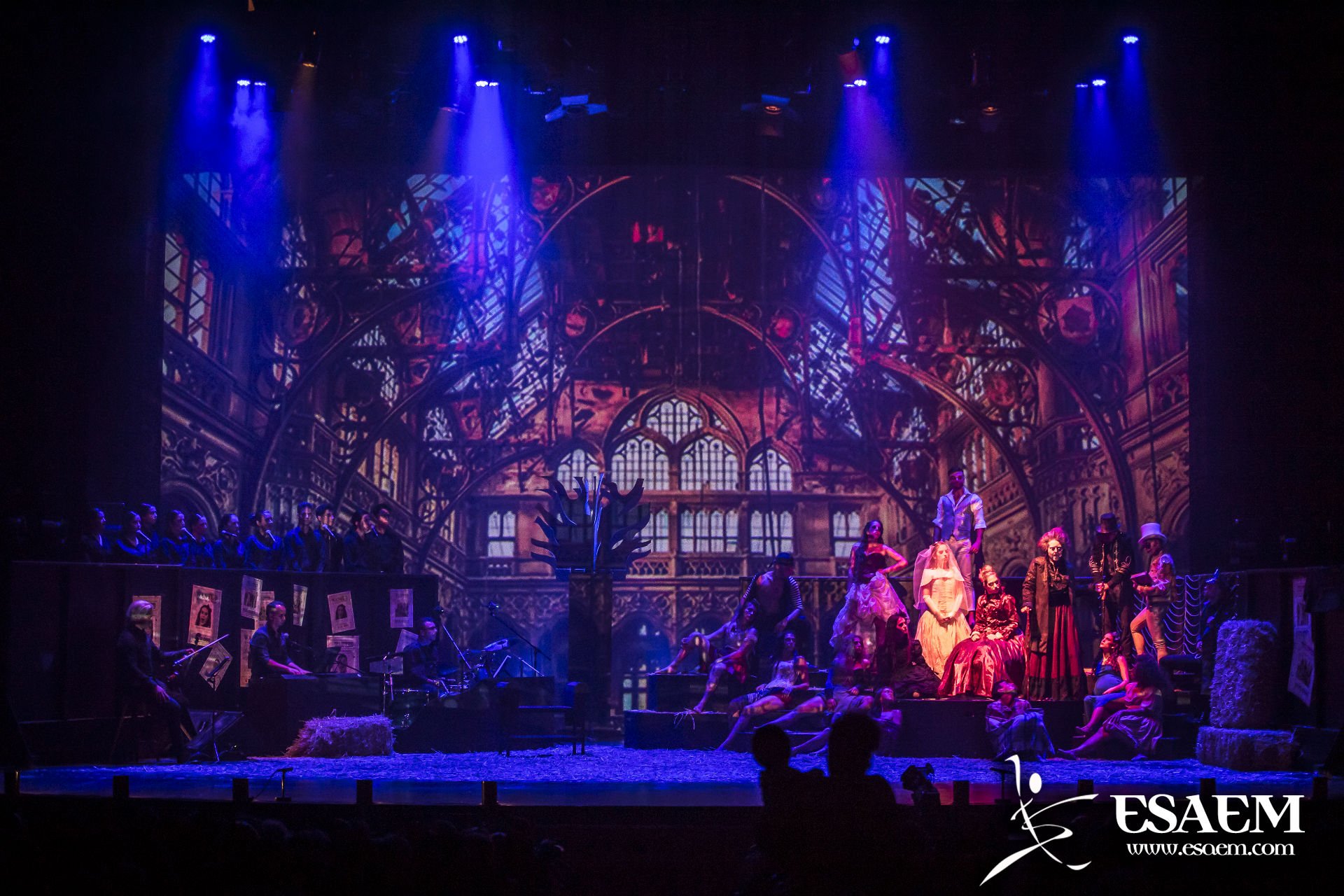
Photography: Students of ESAEM Performing Arts Degree.
How to make theatre scenery?
In case you need to organize your work and your ideas to design and build a scenography, here is a step-by-step guide.
The first recommendation is to soak up the culture. Literature, plays, movies… Especially plays, since you will be acquiring knowledge about the subject. This way you can discover elements, ways to build scenographies and to use them in a way that you had not thought of before. By reading theatre plays you will also be able to understand and imagine how to approach the scenography to represent a story. A very interesting exercise is to read a play and attend its performance. This way you will be able to imagine and devise the scenography during the reading, checking the way in which a professional company elaborates it for a staging that has already been premiered.
Once a play comes into your hands and you decide to build the scenery, these are the steps to follow.
- Think about what you want to recreate. Imagine, test, draw, brainstorm.
- Choose the idea you like the most and make sure you won’t change your mind. Once you start designing and building your scenery if you change your mind you will have wasted a lot of work.
- Write down the data that will influence how to carry out your project. Target (target audience to whom the play is addressed), budget you have, analyze the breakdown of characters and scenes.
- Agree with the director of the play according to their needs how you are going to develop the scenography.
- Design the scenography project with sketches, plans and later a model.
- Make a list of the materials needed. Note down if you need staff to help you.
- Look for an additional location to the theatre to build structures if you anticipate needing this space.
- Provide a means of transport to carry materials
- Contact a professional in the trade for advice on the predictions you have made.


